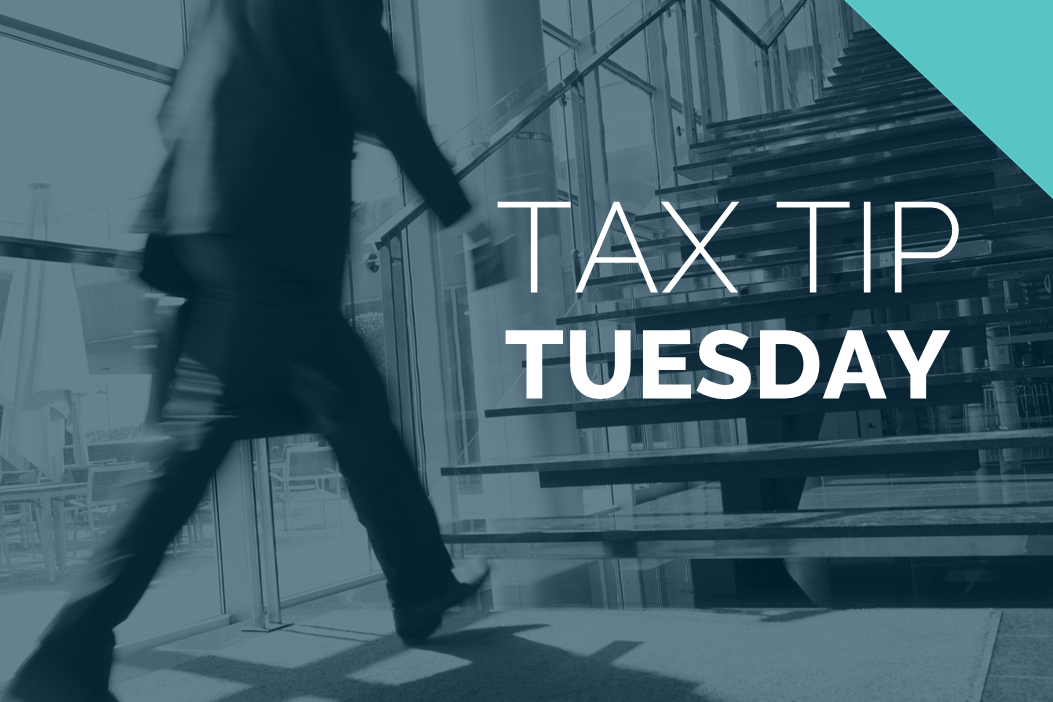Effective May 21, 2023, P&N has joined EisnerAmper. Read the full announcement here.

Last updated on 6/5/2020
On March 27, 2020, Congress passed, and President Trump enacted, the Coronavirus Aid, Relief, and Economic Security (CARES) Act to provide emergency health care and economic assistance during the COVID-19 global pandemic. One of the main provisions created by the CARES Act was an extension of lending by the Small Business Administration (SBA) known as the Paycheck Protection Program (PPP). Though the PPP has been helpful in aiding businesses with much-needed cash flow during the COVID-19 pandemic, critics of the program have noted several pitfalls that make it difficult for businesses to receive the full benefits of the program. In order to address some of these issues, Congress passed and, on June 5, 2020, President Trump enacted the Paycheck Protection Program Flexibility Act of 2020 (Flexibility Act). The impact of this legislation on the PPP is outlined below. While this legislation has only passed the House of Representatives, the Senate is expected to take up this bill early next week. As this legislation is developed and finalized, P&N’s dedicated professionals are committed to understanding and applying this information to help our clients. We will update this page accordingly.
Covered Period
Under the CARES Act, borrowers had an eight-week period, known as the covered period, in which to spend funds that were eligible for loan forgiveness. This short period, especially given the time frame in which many PPP loans were funded, was criticized as many believed it required businesses to use the funds when most economic activity was still suspended. The Flexibility Act rectifies this by extending the covered period to the earlier of 24 weeks from loan disbursement or December 31, 2020. However, the Flexibility Act goes on to note that eligible recipients that received a PPP loan before the enactment of the Flexibility Act can still elect an eight-week covered period.
Loan Forgiveness – Employee Rehiring/Salary Reduction
In the original PPP, the availability of loan forgiveness was reduced if either the full-time equivalents were reduced or wages were reduced more than 25% and such reductions were not restored by June 30, 2020. The Flexibility Act extends this restoration date to December 31, 2020. In addition, the Flexibility Act codified an exemption from the full-time equivalent reduction if employees are unavailable to be rehired. Specifically, the full-time equivalent reduction will not apply if the PPP recipient is able to document an inability to rehire individuals who were employees of the recipient on February 15, 2020 or to hire equivalent employees for unfilled positions on or before December 31, 2020. In addition, the reduction will not apply if the PPP recipient is able to document an inability to return to the same level of operating activity as on February 15, 2020 due to compliance with guidance issued by various health agencies related to COVID-19.
Loan Forgiveness – Use of Funds
The Flexibility Act also modified how much of the PPP proceeds an eligible recipient must use on payroll costs in order to qualify for loan forgiveness. Specifically, under this modification, eligible recipients would be required to use at least 60% of the loan amount for payroll costs and therefore can use 40% for non-payroll costs. Under the CARES Act, recipients were required to use 75% of the loan proceeds for payroll costs. This change will allow more flexibility for businesses who have significant non-payroll costs while they try to reestablish their businesses and pre-pandemic workforce.
Deferral Period
Under the CARES Act, payments on PPP loans were deferred for not less than six months nor more than one year. Under the Flexibility Act, these loans are now deferred until the date on which the amount of loan forgiveness is remitted to the lender. The Flexibility Act goes on to note, however, that if an eligible recipient fails to apply for loan forgiveness within 10 months of the last day of the covered period, then such deferral period will end.
Loan Maturity
Under the original PPP legislation in the CARES Act, any PPP loan had a statutorily-limited maximum maturity date of 10 years. The Flexibility Act maintains this maximum security date but also adds a minimum maturity date of five years. This should aid businesses in ensuring they have adequate time to recover and repay any PPP loans balances that are not forgiven.
Payroll Tax Deferral
Under the CARES Act, employers were generally allowed a payroll tax deferral until they had received loan forgiveness of any PPP funds. Under the Flexibility Act, however, this limitation is removed, thereby allowing full payroll tax deferral for all taxpayers, regardless of whether they receive a PPP loan. This is an enhanced benefit, especially for small businesses who were weighing the benefits of PPP loan forgiveness and payroll tax deferral.
P&N continues to monitor changes and provide updates on COVID-19 legislation. Please contact us if you have questions about how this may impact your organization.



